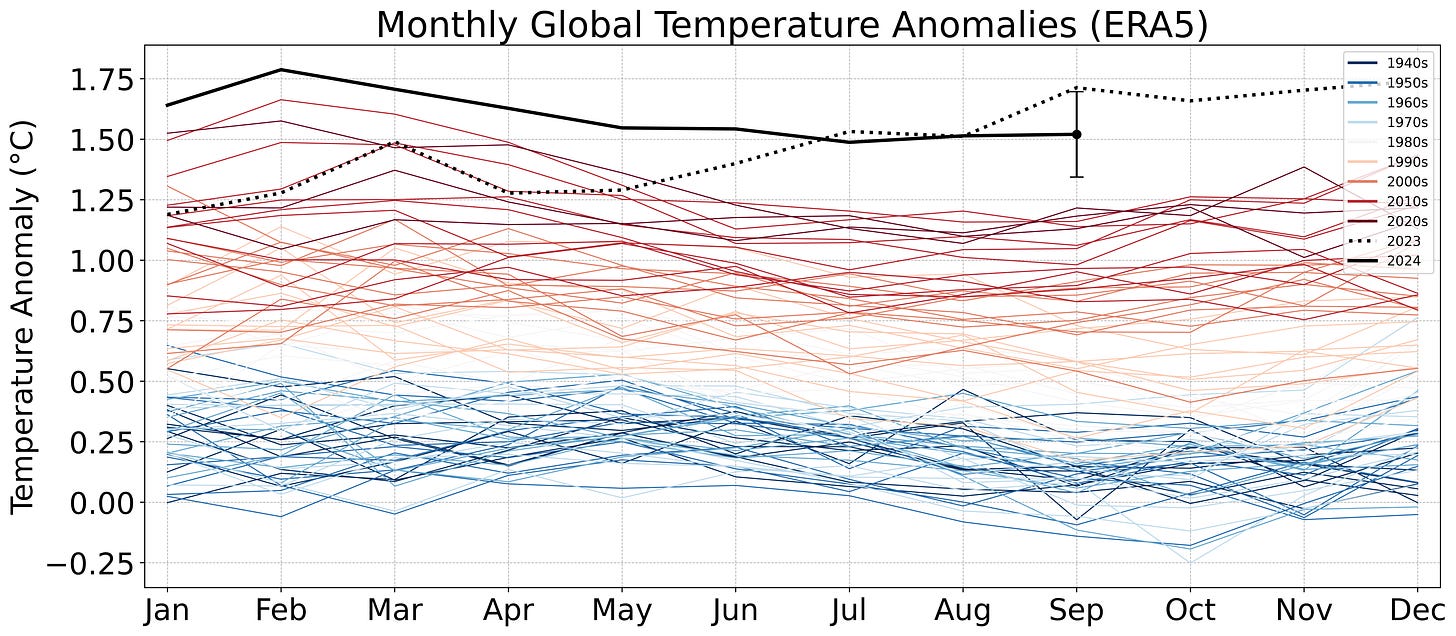Electronics, Vol. 13, Pages 3557: MFAD-RTDETR: A Multi-Frequency Aggregate Diffusion Feature Flow Composite Model for Printed Circuit Board Defect Detection
Electronics doi: 10.3390/electronics13173557
Authors: Zhihua Xie Xiaowei Zou
To address the challenges of excessive model parameters and low detection accuracy in printed circuit board (PCB) defect detection, this paper proposes a novel PCB defect detection model based on the improved RTDETR (Real-Time Detection, Embedding and Tracking) method, named MFAD-RTDETR. Specifically, the proposed model introduces the designed Detail Feature Retainer (DFR) into the original RTDETR backbone to capture and retain local details. Subsequently, based on the Mamba architecture, the Visual State Space (VSS) module is integrated to enhance global attention while reducing the original quadratic complexity to a linear level. Furthermore, by exploiting the deformable attention mechanism, which dynamically adjusts reference points, the model achieves precise localization of target defects and improves the accuracy of the transformer in complex visual tasks. Meanwhile, a receptive field synthesis mechanism is incorporated to enrich multi-scale semantic information and reduce parameter complexity. In addition, the scheme proposes a novel Multi-frequency Aggregation and Diffusion feature composite paradigm (MFAD-feature composite paradigm), which consists of the Aggregation Diffusion Fusion (ADF) module and the Refiner Feature Composition (RFC) module. It aims to strengthen features with fine-grained awareness while preserving a certain level of global attention. Finally, the Wise IoU (WIoU) dynamic nonmonotonic focusing mechanism is used to reduce competition among high-quality anchor boxes and mitigate the effects of the harmful gradients from low-quality examples, thereby concentrating on anchor boxes of average quality to promote the overall performance of the detector. Extensive experiments are conducted on the PCB defect dataset released by Peking University to validate the effectiveness of the proposed model. The experimental results show that our approach achieves the 97.0% and 51.0% performance in mean Average Precision (mAP)@0.5 and mAP@0.5:0.95, respectively, which significantly outperforms the original RTDETR. Moreover, the model reduces the number of parameters by approximately 18.2% compared to the original RTDETR.

 1 week ago
35
1 week ago
35


